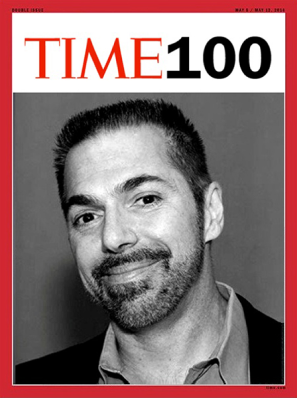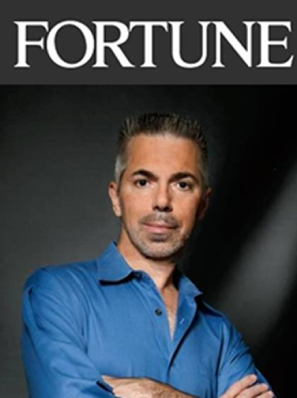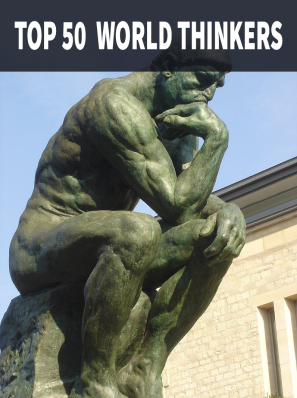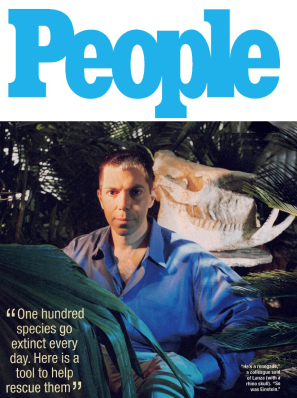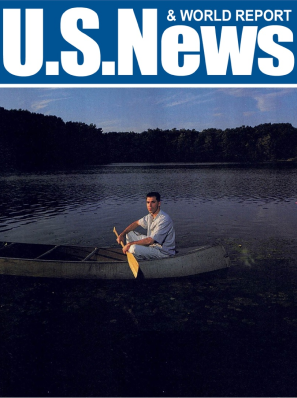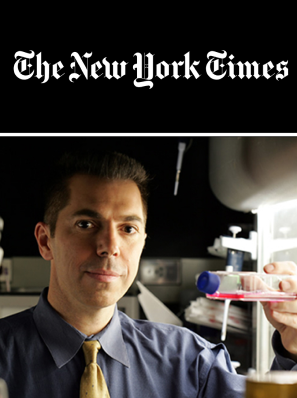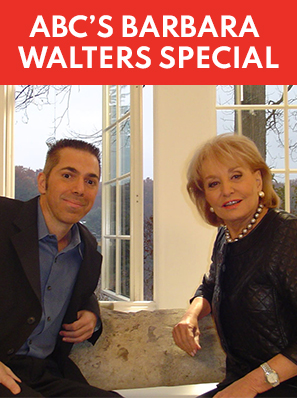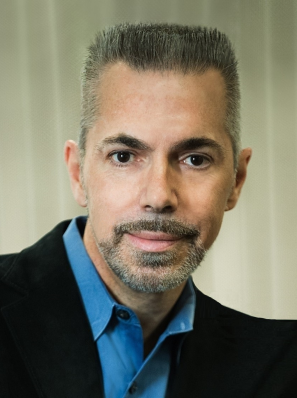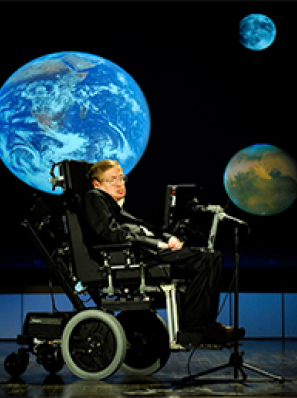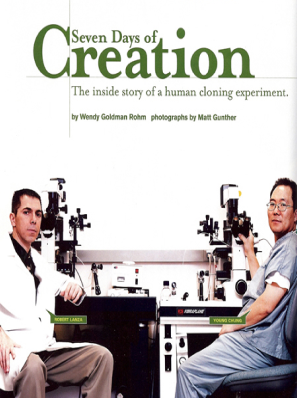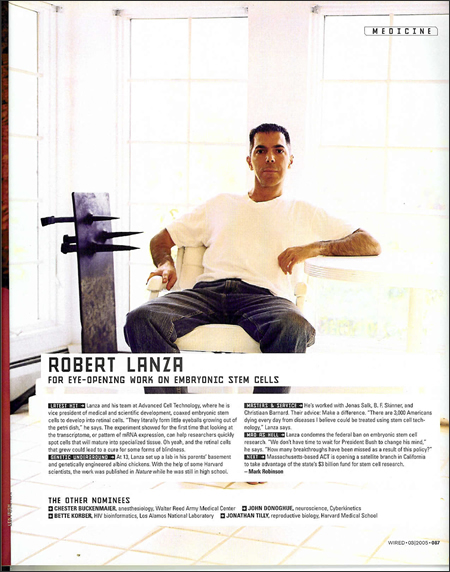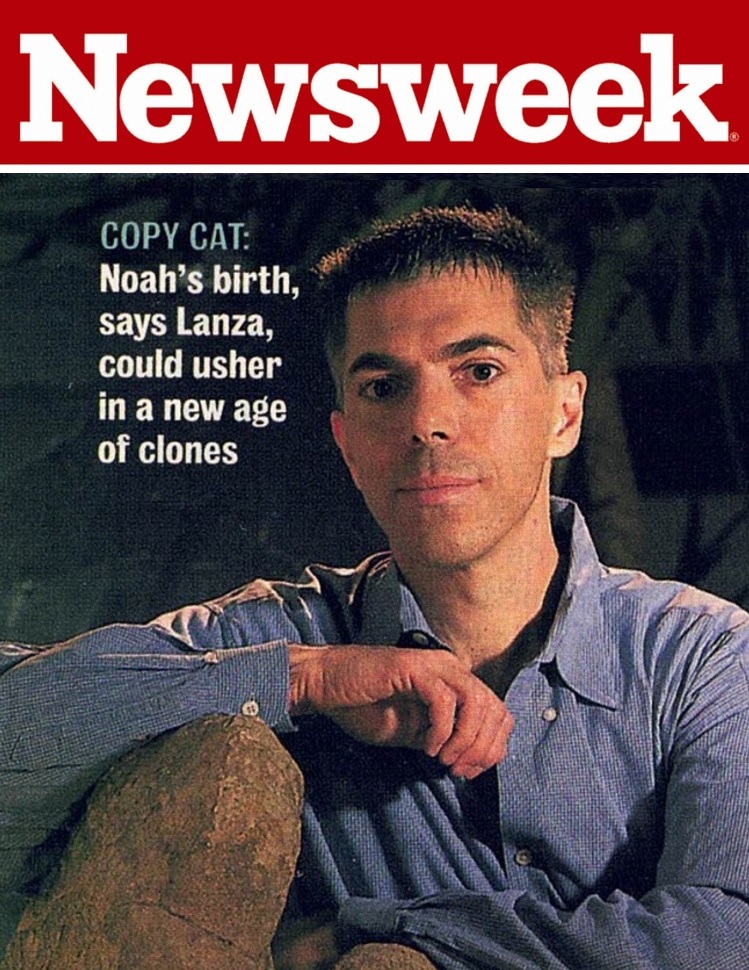When I was young, I stayed at my neighbor’s house. They had a grandfather clock. Between the tick and the tock of the pendulum, I lay awake thinking about the perverse nature of time. Mr. O’Donnell is gone now. His wife Barbara, now in her nineties, greets me with her cane when I go back to visit.
We watch our loved ones age and die, and we assume that an external entity called time is responsible for the crime. But experiments increasingly cast doubt on the existence of time as we know it. In fact, the reality of time has long been questioned by philosophers and physicists. When we speak of time, we’re usually referring to change. But change isn’t the same thing as time.
To measure anything’s position precisely is to “lock in” on one static frame of its motion, as in a film. Conversely, as soon as you observe movement, you can’t isolate a frame, because motion is the summation of many frames. Sharpness in one parameter induces blurriness in the other. Consider a film of a flying arrow that stops on a single frame. The pause enables you to know the position of the arrow with great accuracy: it’s 20 feet above the grandstand. But you’ve lost all information about its momentum. It’s going nowhere; its path is uncertain.
Numerous experiments confirm that such uncertainty is built into the fabric of reality. Heisenberg’s uncertainty principle is a fundamental concept of quantum physics. However, it only makes sense from a biocentric perspective. According to biocentrism, time is the inner sense that animates the still frames of the spatial world. Remember, you can’t see through the bone surrounding your brain; everything you experience is woven together in your mind. So what’s real? If the next image is different from the last, then it’s different, period. We can award change with the word “time,” but that doesn’t mean that there’s an invisible matrix in which changes occur.
At each moment we’re at the edge of a paradox described by the Greek philosopher Zeno. Because an object can’t occupy two places simultaneously, he contended that an arrow is only at one place during any given instant of its flight. To be in one place, however, is to be at rest. The arrow must therefore be at rest at every instant of its flight. Thus, motion is impossible. But is this really a paradox? Or rather, is it proof that time (motion) isn’t a feature of the outer, spatial world, but rather a conception of thought?
An experiment published in 1990 suggests that Zeno was right. In this experiment, scientists demonstrated the quantum equivalent of the adage that “a watched pot doesn’t boil”. This behavior, the “quantum Zeno effect,” turns out to be a function of observation. “It seems,” said physicist Peter Coveney, “that the act of looking at an atom prevents it from changing”. Theoretically, if a nuclear bomb were watched intently enough – that is, if you could check its atoms every million trillionth of a second – it wouldn’t explode. Bizarre? The problem lies not in the experiments but in our way of thinking about time. Biocentrism is the only comprehensible way to explain these results, which are only “weird” in the context of the existing paradigm.
In biocentrism, space and time are forms of animal intuition. They’re tools of the mind and thus don’t exist as external objects independent of life. When we feel poignantly that time has elapsed, as when loved ones die, it constitutes the human perceptions of the passage and existence of time. Our babies turn into adults. We age. That, to us, is time. It belongs with us.
New experiments confirm this concept. In 2002, scientists carried out an amazing experiment that showed that within pairs of particles, each particle anticipated what its twin would do in the future. Somehow, the particles “knew” what the researcher would do before it happened, as if there were no space or time between them. In a 2007 study published in Science, scientists shot particles into an apparatus and showed that they could retroactively change whether the particles behaved as photons or waves. The particles had to “decide” what to do when they passed a fork in the apparatus. Later on, the experimenter could flip a switch. It turns out what the observer decided at that point determined how the particle had behaved at the fork in the past. Thus the knowledge in our mind can determine how particles behave.
Of course, we live in the same world. Critics claim that this behavior is limited to the quantum world. But this “two-world” view (that is, the view that there is one set of laws for quantum objects and another for the rest of the universe, including us) has no basis in reason and is being challenged in labs around the world. Last year, researchers published a study in Nature suggesting that quantum behavior extends into the everyday realm. Pairs of ions were coaxed to entangle, and then their properties remained bound together when separated by large distances (“spooky action at a distance,” as Einstein put it) as if there were no time or space. And in 2005, KHCO3 crystals exhibited entanglement ridges half an inch high, demonstrating that quantum behavior could nudge into the ordinary world of human-scale objects.
In the Oct. 2010 issue of Discover, theoretical physicists Stephen Hawking and Leonard Mlodinow state, “There is no way to remove the observer – us – from our perceptions of the world … In classical physics, the past is assumed to exist as a definite series of events, but according to quantum physics, the past, like the future, is indefinite and exists only as a spectrum of possibilities”.
That night, while lying awake at my neighbor’s house, I had found the answer – that the missing piece is with us. As I see it, immortality doesn’t mean perpetual (linear) existence in time but resides outside of time altogether. Life is a journey that transcends our classical way of thinking. Experiment after experiment continues to suggest that we create time, not the other way around. Without consciousness, space and time are nothing. At death, there’s a break in the continuity of space and time; you can take any time – past or future – as your new frame of reference and estimate all potentialities relative to it. In the end, even Einstein acknowledged that “the distinction between past, present and future is only a stubbornly persistent illusion.” Life is just one fragment of time, one brushstroke in a picture larger than ourselves, eternal even when we die. This is the indispensable prelude to immortality.
“Time and space are but the physiological colors which the eye maketh,” said Ralph Waldo Emerson in his essay “Self-Reliance.” “But the soul is light; where it is, is day; where it was, is night.”
“Biocentrism” (BenBella Books) lays out Lanza’s theory of everything.
View article on Huffington Post (696 Comments)

